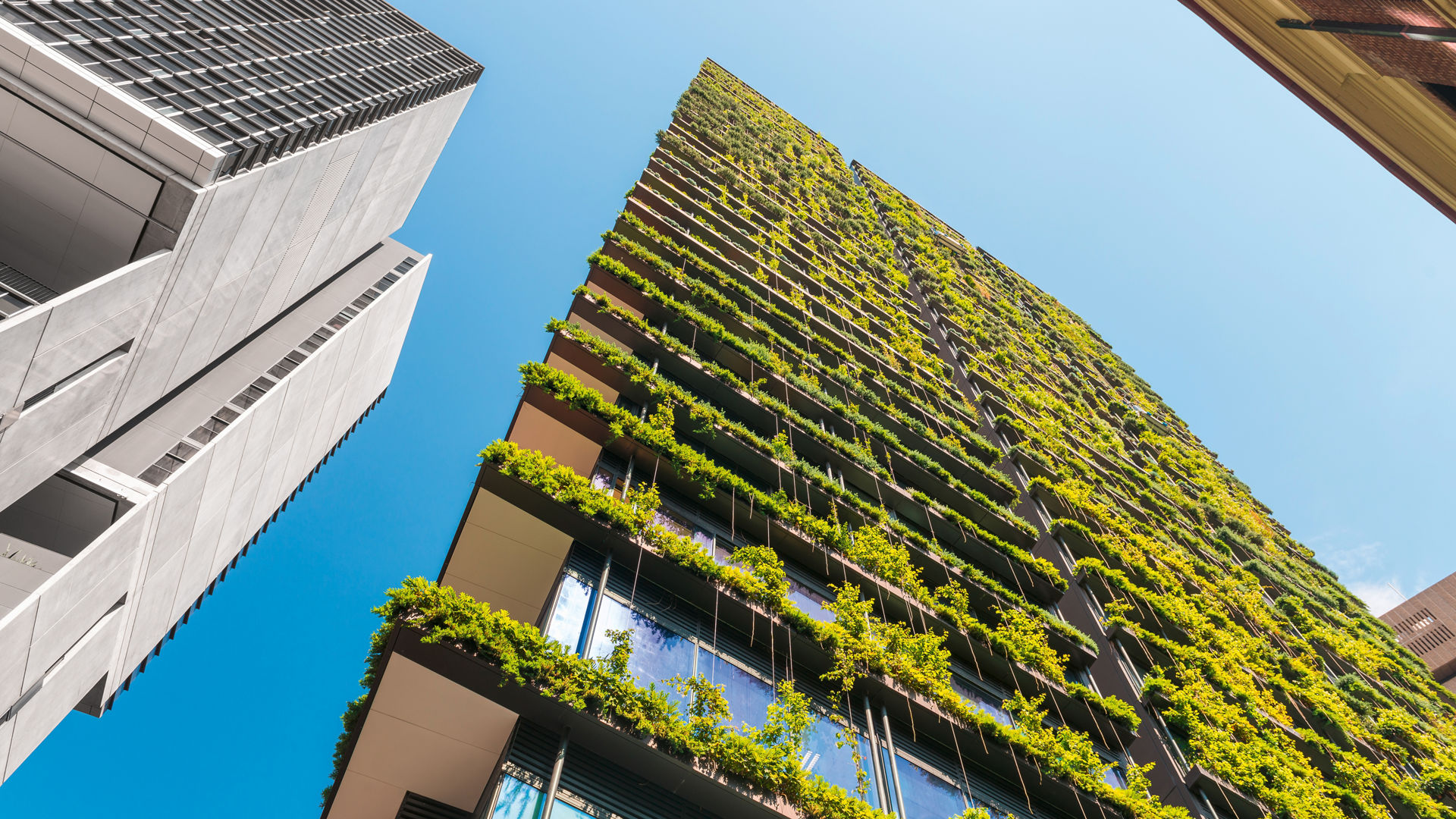The overarching ambition of our efforts and initiatives is to offer sustainable solutions for environmentally friendly vehicles, creating value-added products based on better performance and sustainability.
We are sustainably committed, innovative, impactful, growing.
We are Sustainably Sika.
ESG Policies, Guidelines and Reporting
Sika's chemists and engineers aim to improve energy use and material efficiency in every product within its broad portfolio. From the development phase, we consider how Sika's actions impact the environment, considering material sourcing, manufacturing processes, and final functions.
Good Corporate Governance safeguards the sustainable development and performance of the company. Sika is committed to openness and transparency and provides information on structures and processes, areas of responsibility, and decision procedures, as well as the rights and obligations of various stakeholders.
Find out how Sika has integrated strict sustainability criteria with its strategy and policies
Our ESG reporting is central to our commitment to sustainability. It highlights the performance of the company’s material topics, reflecting the sustainability impacts and dependencies along the value chain. approach to automotive production delivering sustainable solutions.
Sustainability Portfolio Management
The evaluation and classification of all new product developments by performance and sustainability belong to the ‘Sustainability Portfolio Management’ (SPM). The SPM framework addresses the global demand for product evaluation and the customers' need for transparent and comprehensive documentation of their environmental impacts.
Life Cycle Assessment
Life Cycle Assessments (LCAs) provide a comprehensive insight into the environmental impact of products cradle-to-gate. Sika conducts LCAs to support customers' calculation of their overall vehicle Product Carbon Footprint (PCF). Identifying sustainable practices, processes, and materials is fundamental to Sika as it works to fulfil its environmental ambition.
Impact Areas
As part of the Sika Strategy 2028, we are sustainably engaged in three key areas: People, Planet, and Solutions. We aim to empower and develop our people, contribute to protecting natural resources and the planet, and cultivate our innovative and pioneering spirit to deliver solutions for a better, more sustainable future.
People
At Sika, we empower our employees with innovative development programs designed to drive growth and success. Our global reach and close customer partnerships enable us to embrace diverse cultures, share expertise, and explore opportunities across borders. Committed to sustainability, our teams foster creativity, inspire a culture of continuous learning, and collaborate to achieve meaningful impact together.
Planet
Sika is dedicated to sustainability through its net-zero commitment, focusing on reducing emissions, minimizing fossil fuel use, and increasing energy efficiency. We refine product formulations using alternative, renewable or recycled materials, partner with suppliers to minimize the carbon footprint of raw materials and packaging and target a reduction of waste disposal and water discharge per ton of product sold. Our shift towards a circular approach ensures resources are reused and/or recycled, while robust waste and water management practices minimize discharge and enhance wastewater reuse.
Solutions
We are Sustainably Innovative.
Developing sustainable solutions is at the center of Sika Strategy 2028. Our product engineers are driven by clear ambitions: to extend the lifespan of buildings and industrial applications, reduce maintenance and carbon emissions, improve energy and material efficiency, enhance user-friendliness, and health and safety. Sika’s cutting-edge solutions go beyond performance, they drive the transformation of the construction and manufacturing industries toward greater social and environmental responsibility.

